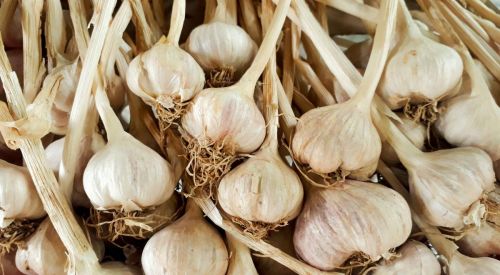This under-appreciated vegetable is increasingly appearing on our tables and returning to favor. And this is great news because beets are a vegetable that is very valuable and valuable in terms of health and nutrition. Read what benefits red beets have.
In the first year of cultivation, it forms a rosette of leaves and a storage root and in the second year, it forms an inflorescence shoot.
The roots can be elongated and they have a longer growing season and are also spherical and flat-spherical.
The leaves and their long, fleshy petioles are also highly desirable for consumption as a botanical.
They are grown from seeds, which are sown in April into not very fertile soil. The growth period takes 3-4 months.
Beetroot contains B vitamins, especially B9, A, C, macro, and microelements: potassium, iron, magnesium, calcium, cesium, rubidium, cobalt, chlorine, fluorine, sodium, molybdenum as well as fiber, betanin, and betacyanins.
Beets also help the body absorb iron better.
Beet juice contains nitrates, which turn into nitric acid in the blood and help dilate and relax blood vessels.
They owe their anti-cancer effect to their betanin content, which is an antioxidant that fights free radicals.
They promote the production of serotonin and norepinephrine.
Beets are alkaline-forming and therefore people who consume excessive amounts of protein should include them in their diet.











